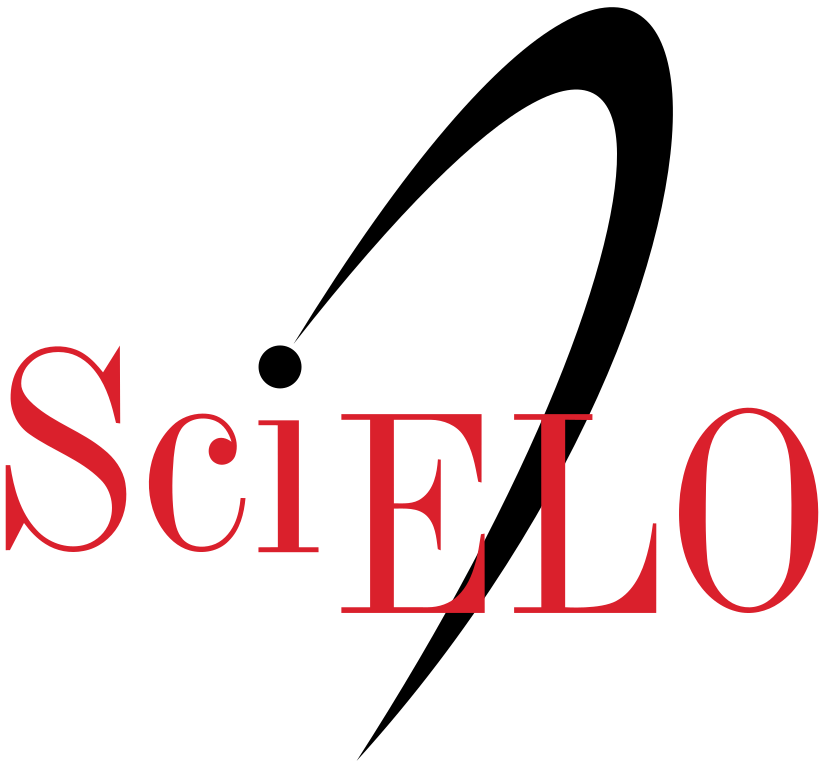Fuente de corriente para aplicaciones de bioimpedancia utilizando un dispositivo de señal mixta, PSoC 5LP
DOI:
https://doi.org/10.14482/inde.38.1.620.1Palabras clave:
Bioimpedancia, Dispositivo de señal mixta, Fuente de corriente sinusoidal bipolar, PSoCResumen
Uno de los principales componentes para medición de bioimpedancia son las fuentes de corriente, las cuales son diseñadas principalmente a partir de componentes analógicos discretos. En la actualidad la disminución en los costos de los sistemas digitales y la alta escala de integración permiten plantear soluciones embebidas disminuyendo sustancialmente los componentes electrónicos utilizados. Este articulo presenta el diseño de una fuente de corriente sinusoidal bipolar para aplicaciones de bioimpedancia basada en sistemas realimentados de tiempo discreto, totalmente embebida en un dispositivo de señal mixta PSoC 5LP CY8C5888AXI-LP096 de Cypress semiconductor montado sobre una tarjeta FreeSoC2 de la empresa SparkFun. La fuente propuesta regula el nivel pico de la corriente bipolar entregada mediante un controlador de tiempo discreto embebido, midiendo el voltaje presente en una resistencia de valor conocido la cual es el único elemento externo a la fuente y que esta serie con la impedancia de carga (Resistencia Shunt), lográndose frecuencias de trabajo de hasta 120 kHz, con resistencias de carga desde 50 ? a 3 k? y corrientes entre 500 µA y 2 mA, manteniendo una distorsión armónica cercana al 1% para la mayoría del rango de trabajo de la fuente.
Citas
D. Bouchaala, X. Chen, Q. Shi, O. Kanoun, and N. Derbel, “Comparative study of voltage controlled current sources for biompedance measurements,” in 9th International Multi-Conference on Systems, Signals and Devices (SSD), 2012, pp. 1–6. Doi: 10.1109/SSD.2012.6198108.
G. S. Sarode, S. C. Sarode, M. Kulkarni, S. Karmarkar, and S. Patil, “Role of bioimpedance in cancer detection: A brief review,” Int. J. Dent. Sci. Res., vol. 3, no. 1, pp. 15–21, 2016. Doi: 10.1016/j.ijdsr.2015.11.003.
H. Yazdanian, M. M. Samani, and A. Mahanm, “Characteristics of the Howland current source for bioelectric impedance measurements systems,” 2013 20th Iran. Conf. Biomed. Eng. ICBME 2013, no. Icbme, pp. 189–193, 2013. Doi:10.1109/ICBME.2013.6782216
A. S. Tucker, R. M. Fox, and R. J. Sadleir, “Biocompatible, high precision, wideband, improved Howland current source with lead-lag compensation,” IEEE Trans. Biomed. Circuits Syst., vol. 7, no. 1, pp. 63–70, 2013. Doi:10.1109/TBCAS.2012.2199114
Texas Instruments and A. Report, “AN-1515 A Comprehensive Study of the Howland Current Pump,” Appl. Note, vol. SMPA474A, no. April, pp. 1–17, 2013.
D. Bouchaala, O. Kanoun, and N. Derbel, “High accurate and wideband current excitation for bioimpedance health monitoring systems,” Measurement, vol. 79, pp. 339–348, 2016. Doi: 10.1016/j.measurement.2015.07.054
P. Bertemes Filho, “Tissue characterisation using an impedance spectrosopy probe,” University of Sheffield, 2002.
A. A. Obaidi, and M. Meribout, “A New Enhanced Howland Voltage Controlled Current Source Cicrcuit for EIT Applications” Proc. IEEE GCC Conference and Exhibition, Feb. pp. 327–330, 2011. Doi: 10.1109/IEEEGCC.2011.5752526
Z. Hamed, H. Tenhunen, and G. Yang, “A programmable low power current source for bioimpedance measurement: Towards a wearable personalized health assistant,” Proc. Annu. Int. Conf. IEEE Eng. Med. Biol. Soc. EMBS, vol. 2015–Nov., pp. 2038–2042, 2015. Doi: 10.1109/IEEEGCC.2011.5752526
N. Li, H. Xu, W. Wang, and W. Zhang, “High-speed digital-controlled variable voltage source with current monitor for EIT application,” Proc. - 2011 4th Int. Conf. Biomed. Eng. Informatics, BMEI 2011, vol. 2, pp. 1110–1113, 2011. Doi:10.1109/BMEI.2011.6098395
N. Li, J. Guo, H. S. Nie, W. Yi, H. J. Liu, and H. Xu, “Design of Embedded Bio-Impedance Analyzer Based on Digital Auto Balancing Bridge Method,” Appl. Mech. Mater., vol. 135–136, pp. 396–401, 2011. Doi: 10.4028/www.scientific.net/AMM.135-136.396
N. Li, H. Xu, W. Wang, Z. Zhou, G. Qiao, and D. D. U. Li, “A high-speed bioelectrical impedance spectroscopy system based on the digital auto-balancing bridge method,” Meas. Sci. Technol., vol. 24, no. 6, 2013. Doi: 10.1088/0957-0233/24/6/065701
N. Li, W. Wang, H. Xu, H. Yu, J. Diao, and D. D.-U. Li, “Wide-Bandwidth Biological Impedance Spectroscopy System Based on the Digital Lock-In Technique,” Spectrosc. Lett., vol. 46, no. 7, pp. 476–482, 2013. Doi:10.1080/00387010.2012.705801
S. Khan, P. Manwaring, A. Borsic, and R. Halter, “FPGA-based voltage and current dual drive system for high frame rate electrical impedance tomography,” IEEE Trans. Med. Imaging, vol. 34, no. 4, pp. 888–901, 2015. Doi:10.1109/TMI.2014.2367315
J. J. Cabrera-Lopez, J. Velasco-Medina, E. R. Denis, J. F. B. Calderon, and O. J. G. Guevara, “Bioimpedance measurement using mixed-signal embedded system,” LASCAS 2016 - 7th IEEE Lat. Am. Symp. Circuits Syst. R9 IEEE CASS Flagsh. Conf., pp. 335–338, 2016. Doi: 10.1109/LASCAS.2016.7451078









